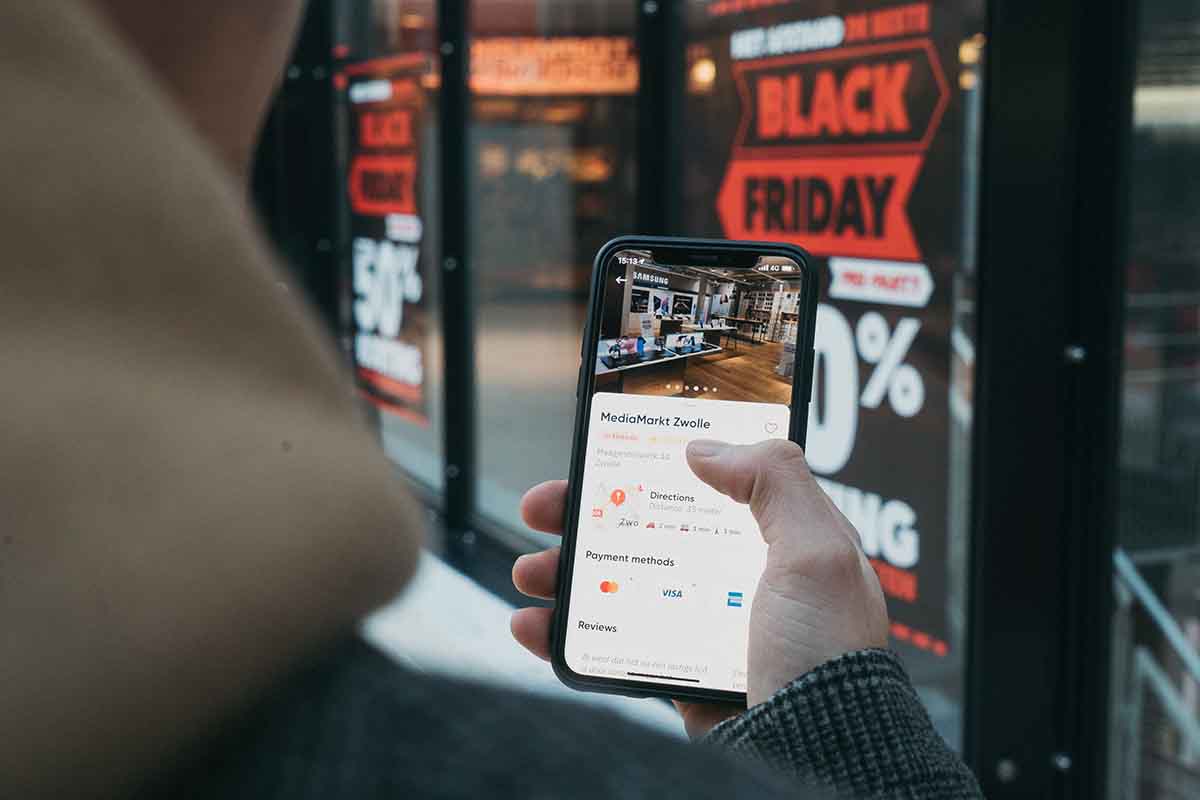6 Ways Organizations Can Leverage Tech to Boost Sales
Selling products and services and recovering payments are challenging business activities. Sales and marketing employees juggle several responsibilities to ensure companies achieve their profit targets. They are always on high alert to speed up deals, recover payments, meet company expectations, and satisfy customers.
They are responsible for smooth operations to ensure the successful sailing of the organization. And at the same time, entertain customers. For this reason, organizations must augment the sales and marketing departments’ tools, expertise, and confidence to achieve organizational goals.
In such cases, technology is a cost-effective solution to their diverse challenges. Modern technologies help organizations compensate for shortcomings and gain a competitive edge without extensive overhauling expenditures and efforts. Companies can offer the best services and engage existing customers in long-term relationships with modern marketing platforms.
They can also adjust growing production costs and dwindling sales with new customers. For instance, digital marketing platforms offer them the flexibility to modify their strategies and target an international audience than compete in a local market at lower margins.
The following sections further explore how technology helps boost sales and achieve profit goals.
Faster tracking of orders to avoid credit risks
The expense vs. profit gap is a common challenge for the sales and marketing departments, as not all sales orders generate revenues instantly. Some customers make purchases on credit, increasing the liability for companies.
But CPQ software like BluLogix can minimize the chances of default from both sides, including customers and service providers or retailers. Companies can develop standardized pricing quotes, product and service catalogs, and agreement terms to speed up sales and payment processes.
Companies can also bring automation into every process. The software can generate quotes, convert quotes into orders, set prices, approve bills, apply taxes, calculate payments, and forward invoices.
If customers find a product or service worthwhile, they can follow through with the step-by-step process and finalize their orders. And their orders only go through the final step once they clear payment checks. Hence, there is no need to bargain over prices, purchases, and delaying payments. Since companies can generate revenues against all sales orders in real time, there is no credit risk.
In short, standardization and automation of processes minimize needless negotiations with customers, which also helps maintain the company’s image and credibility.
Comprehend and predict customer behavior
Customers’ satisfactory response is essential to achieve sales targets. If customers are content with current offerings and service charges, they linger for more and better. Companies use variables like purchasing patterns, product and service preferences, and customer satisfaction to make sales and marketing strategies for their upcoming projects.
But it is not easy to process customer behavior and produce concrete and comprehensible references and guidelines for designing, manufacturing, marketing, and sales teams and policy-makers.
Fortunately, technology can solve such complex puzzles and generate easy-to-understand results. Data analytics technologies like AI and ML can read customer behaviors and mindsets and predict their choices – even if they drop by the stores only for window shopping. Technology can translate the time duration customers spend observing a specific product into whether they will buy it or not.
Companies can use these observations to set affordable prices, improve product placement, or offer promotions for bulk purchases. In essence, there are countless ways to convince customers for purchases once marketers and sales personnel get into their minds.
Real-time exchange of offerings and payments
Organizations need working capital to fund their day-to-day activities. But late recoveries of sales payments or order withdrawals can postpone essential processes and stall organizational targets. Most of the time, these issues arise with manual and paper-based payment methods.
Companies wait for customers to drop by their stores and make hand-to-hand purchases. But negotiations go in vain if customers do not have cash on hand to purchase offers right away. Marketers can only engage customers for a limited time. If customers do not have paper currency, they leave the store and divert to other retailers.
Likewise, traditional methods further hinder purchases if customers drop by an e-store that only accepts bank transactions or digital currency. Thus, customers need more flexibility in payment and selecting and dispatching products.
Otherwise, companies cannot avoid revenue gaps. But modern technology addresses these gaps and facilitates customers and retailers simultaneously. Retailers can facilitate customers with multiple payment modes, including digital currency, checks, and cash, and increase the likelihood of purchases.
Leverage Tech to Boost Sales: Better customer service and dispute resolution
Since digital platforms are presentable and flexible, companies can trace queries and reviews in real time. They can also attend to customers’ complaints in real time in case of disputes and disagreements over purchases, pending dues, product defaults, delayed deliveries, and unsatisfactory services.
Conventionally, companies spend a lot of time and resources gathering data, cross-checking evidence, and resolving disputes.
But technology can cut down unnecessary examination and processing. They can shuffle through documents and find relevant data in minutes. Just a keyword in digital records will generate results in a structured and presentable form.
The results will show all relevant details like time stamps, date, customer and dealer identification, product specifications, purchasing terms and conditions, payment mode, and others.
Such detailed information helps the dispute resolution team to make guided decisions and resolve the dispute without harming the company image or dissatisfying customers.
Leverage Tech to Boost Sales: Better forecasting of cash flows
Seamless day-to-day functions and productive outcomes are not enough to ensure a smooth and prospective future for a commercial entity. Executives and company owners need assurance for a promising and profitable future. Thus, they seek the services of financial analysts to predict and assess the prospects of a pipelined sales campaign.
Financial analysts use sophisticated data analysis tools and software to predict the success of upcoming offerings and projects. They exploit data from previous sales and marketing campaigns to make future forecasts.
Artificial intelligence is another technology for in-depth analysis. Companies evaluate how pricing models, discount offers, credit orders, and price adjustments may affect cash flows. Executives and policy-makers can assess how much they can leverage company resources to satisfy customers or business partners without disturbing their ultimate goals and targets.
Broad scope for marketing
Heaping new products at the stores do not guarantee instant sales and economic returns. A successful conclusion of a sales scheme requires a rigorous marketing campaign. But customers will not visit your stores if your marketing campaign merely ends with posters, banners, and pamphlets on busy streets and commercial junctions.
Selling is more challenging than the production and procurement of goods and products. Here, marketing and sales teams have to endeavor strategically. They must explore all possibilities to spread the word and captivate the attention of a wider audience.
Rightfully so, digital platforms are saviors for businesses. Companies can use social media platforms like LinkedIn, Twitter, Facebook, Instagram, and TikTok to advertise their products and services. Email marketing is another promising alternative to reach targeted customers.
Modern tools are much more economical than traditional marketing campaigns. Digital platforms also offer the flexibility to reach a global audience, not just local customers. Such a large-scale marketing campaign is sure to boost sales instantly.
Leverage Tech to Boost Sales: Conclusion
Digital transformation is inevitable to function and survive in a modern and tech-reliant era. Reliance on technology is necessary to lead in a competitive market, cash opportunities on the go, and scale up business capability. Technology also helps identify hidden loopholes at the right time, so companies can prevent losses and minimize unnecessary expenses.




















